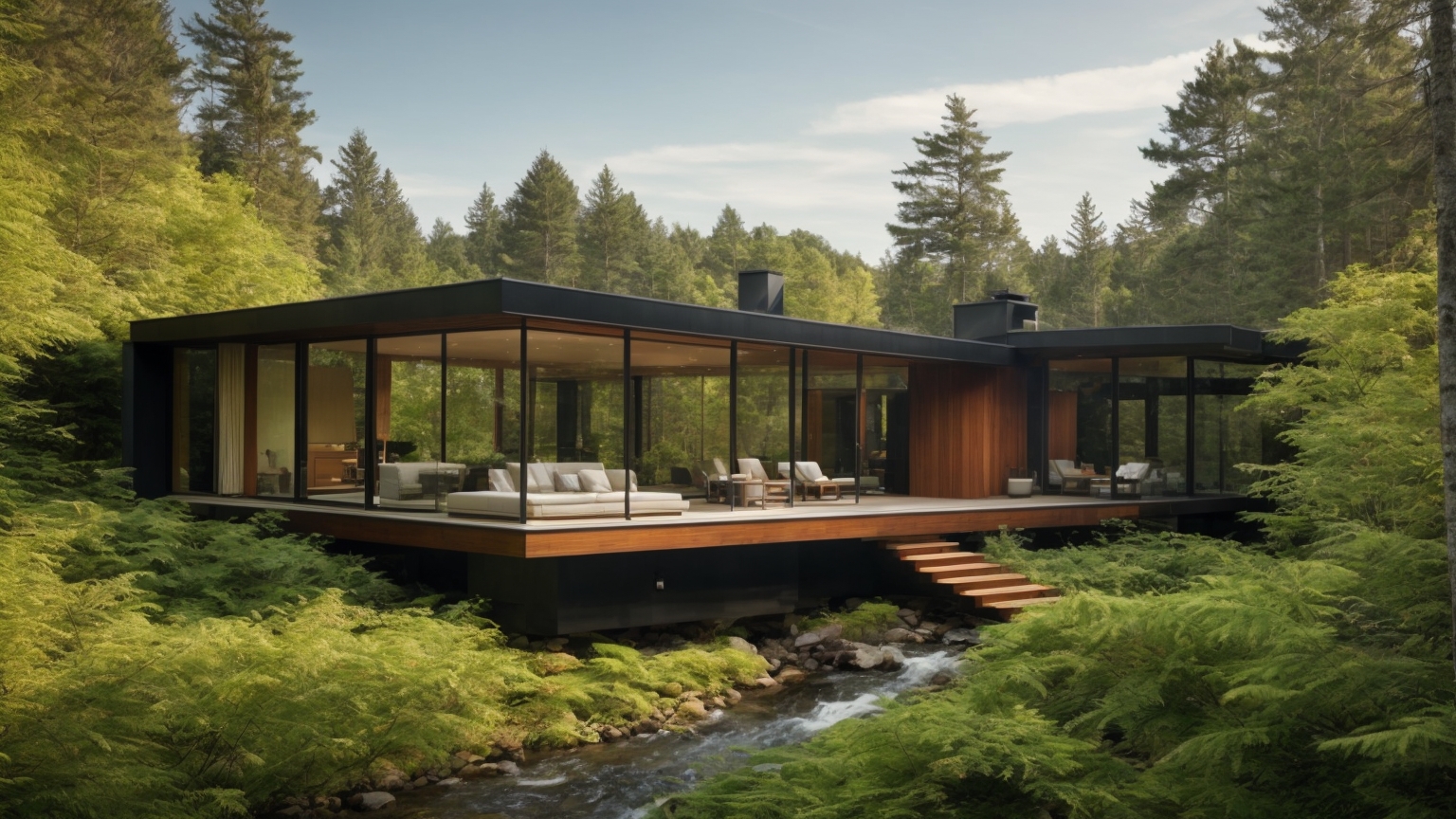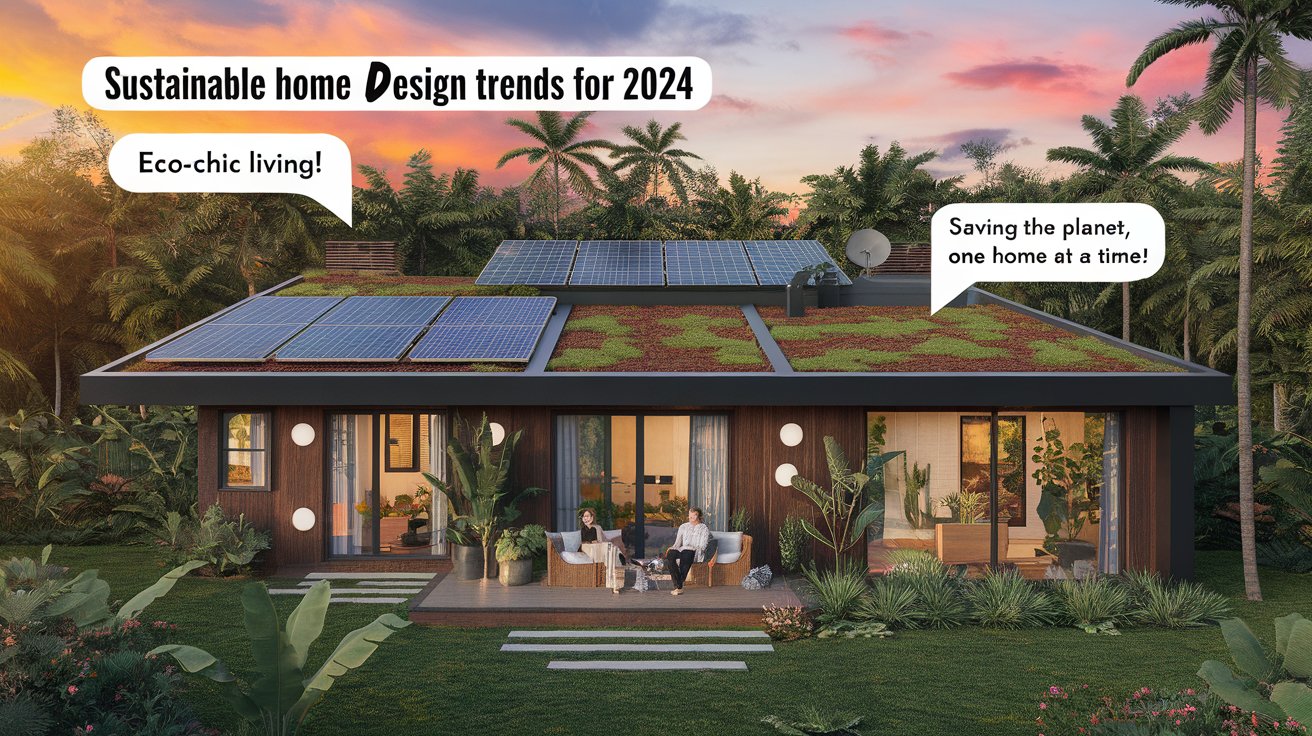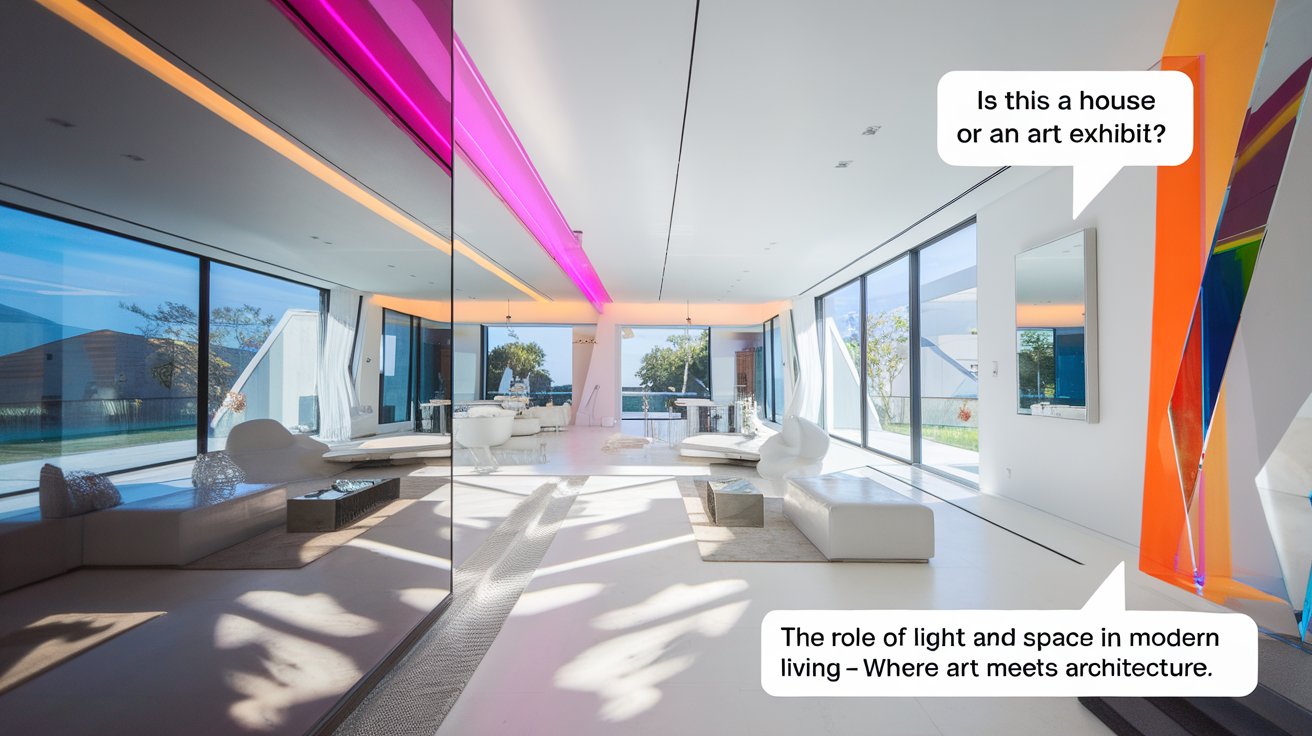Introduction
Biophilic design is revolutionizing how we approach home interiors, emphasizing a deeper connection between humans and nature. By integrating natural elements such as greenery, natural light, and earthy materials, this design philosophy fosters a sense of calm and well-being. Beyond aesthetics, biophilic design principles align with sustainability, offering eco-friendly solutions for healthier living environments. From soothing textures to vibrant indoor gardens, these elements not only beautify but also nurture mind and body.
Incorporating biophilic design into your home opens up a world of benefits, from reducing stress levels to enhancing air quality and productivity. By blending indoor and outdoor spaces seamlessly, this approach creates a harmonious atmosphere that inspires creativity and tranquility. Whether it’s a simple potted plant or a more elaborate living wall, biophilic interiors cater to our innate desire to connect with nature, bringing its essence into everyday life.
Key Takeaways
- Biophilic design integrates natural elements like greenery and light to promote well-being and sustainability.
- Incorporating biophilic elements reduces stress, enhances air quality, and boosts productivity.
- Simple additions like potted plants and natural textures can transform home interiors into calming spaces.
- Advanced features such as living walls and skylights strengthen the connection between indoors and nature.
- The future of biophilic design combines innovative technologies with eco-conscious practices.
- Embracing biophilic interiors fosters a harmonious and enriching living environment.
Understanding Biophilic Design Principles for Homes
Biophilic design principles emphasize a deep connection between humans and nature by integrating natural elements into living spaces. This approach includes maximizing natural light, using natural materials like wood and stone, and creating visual connections with greenery. By aligning home designs with these principles, homeowners can enhance well-being, reduce stress levels, and foster a harmonious environment. Incorporating biophilic principles not only improves the aesthetics of a home but also promotes sustainability, helping homeowners live more eco-conscious lives. Whether it’s through potted plants, earthy tones, or water features, these elements create a multi-sensory experience that nurtures both body and mind.

The Core Elements of Biophilic Design
Biophilic design relies on key elements such as natural materials, natural light, and greenery to create spaces that resonate with nature. These components work together to establish a sense of calm and connection. Incorporating features like potted plants, earthy textures, and large windows ensures harmony between the indoors and the outdoors. The use of water features or dynamic lighting further enhances the multi-sensory experience, making the design more immersive and rejuvenating for inhabitants.
How Biophilic Design Enhances Sustainability
Biophilic principles naturally align with sustainability by emphasizing the use of eco-friendly materials and energy-efficient practices. Elements like reclaimed wood, solar-powered lighting, and green roofs minimize the environmental footprint of a home. Additionally, integrating biophilic design fosters an appreciation for nature, encouraging homeowners to adopt habits that reduce waste and conserve energy.
Simple Green Additions for Biophilic Interiors
1. Low-Maintenance Indoor Plants
Start with hardy plants like succulents, snake plants, or pothos to bring life into your home with minimal effort. These plants require little water or care, making them perfect for busy households.
2. Hanging Planters for Vertical Space
Maximize your space by installing hanging planters with trailing greenery. They add a dynamic touch to corners and unused wall areas while improving air quality.
3. Indoor Herb Garden
Create a small herb garden near your kitchen window. Not only does it connect you to nature, but it also provides fresh ingredients for your meals.
4. Decorative Terrariums
Use glass terrariums to display miniature plants or moss gardens. These compact setups are both visually striking and easy to maintain.
5. Clustered Potted Plants
Group plants of varying sizes together for an eye-catching natural display. Choose pots that complement your décor for added aesthetic appeal.
6. Nature-Inspired Wall Art
If maintaining plants isn’t for you, consider artwork that reflects nature, like botanical prints or forest landscapes, to bring the outdoors in.

Top Benefits of Incorporating Biophilic Elements Indoors
Bringing biophilic elements indoors offers a range of health and psychological benefits. Enhanced air quality, reduced stress levels, and improved productivity are just a few advantages of this design approach. The incorporation of greenery, living walls, and natural light helps create a space that feels calming and energizing. Biophilic designs also support better circadian rhythm regulation, ensuring a healthier sleep cycle. These designs inspire creativity and provide mental clarity, making them a popular choice for both homes and offices. By embracing biophilic elements, you can transform your living spaces into nurturing, nature-inspired sanctuaries.

Mental Health and Stress Reduction
Biophilic interiors have been proven to reduce stress levels and enhance mental clarity. Greenery and natural light work synergistically to create an environment that soothes and revitalizes. These designs promote mindfulness by connecting occupants with the calming effects of nature, resulting in improved emotional well-being and lower anxiety levels.
Boosting Productivity and Creativity
The presence of biophilic elements has been shown to improve focus, productivity, and creativity. By incorporating natural materials and textures, indoor spaces become more stimulating and inspiring. This is particularly beneficial in home offices, where greenery and light-filled environments can help individuals perform at their best while maintaining a sense of tranquility.
Case Study: Transforming an Urban Apartment with Biophilic Design
A young couple living in a bustling city apartment sought to create a tranquil retreat amidst the chaos. Collaborating with a biophilic interior designer, they incorporated several nature-inspired elements to achieve this goal. The design included a living wall in the living room, which not only added greenery but also improved air quality. Large, strategically placed mirrors maximized natural light, creating an open and bright atmosphere.
To enhance the connection to nature, the couple chose furniture made from reclaimed wood and introduced earthy tones throughout the apartment. Potted plants were placed in key areas like the bedroom and workspace to reduce stress and boost productivity. Finally, a small water fountain added a soothing auditory element, completing the multi-sensory experience. The couple reported significant improvements in their overall well-being, attributing their reduced stress levels and increased productivity to the thoughtful integration of biophilic elements.
Practical Ways to Bring Nature Indoors for a Calming Environment
Incorporating nature into your home can be achieved through thoughtful biophilic design strategies. Begin with small steps, like adding potted plants to brighten spaces and improve air quality. Install large windows or skylights to let in natural light and create a connection with the outdoors. Consider natural materials like wood or bamboo for furniture and accents to infuse warmth and authenticity. Living walls or vertical gardens are excellent for making bold biophilic statements while optimizing space. Finally, integrate water features such as fountains to introduce a soothing auditory element, completing a serene and balanced indoor environment.

Simple Steps to Introduce Greenery
Start small with easy-to-maintain potted plants or hanging planters to add life and vibrancy to any room. Consider succulents for a low-maintenance option or larger plants like fiddle leaf figs for a bold aesthetic. Indoor plants not only beautify spaces but also improve air quality, creating a healthier environment for your home.
Innovative Features for Biophilic Interiors
Take your biophilic design to the next level with advanced features like living walls, indoor gardens, and skylights. These additions not only enhance the connection with nature but also serve functional purposes such as soundproofing and insulation. Adding flowing water features introduces a dynamic sensory element, making your indoor spaces feel truly alive.
“Biophilic design is the deliberate attempt to translate an understanding of the inherent human affinity to affiliate with natural systems and processes into the design of the built environment.” — Stephen R. Kellert, pioneer in biophilic design
Exploring the Future of Biophilic Interior Design Trends
The future of biophilic design lies in innovation and integration, where technology meets nature. Smart homes now incorporate automated systems to maintain greenery and optimize lighting for well-being. Trends like indoor landscaping and multi-functional green spaces are reshaping urban living. Biophilic design is also embracing sustainability, with designers prioritizing recycled materials and energy-efficient solutions. These trends reflect a growing awareness of the need for healthier, more connected living environments. As biophilic principles continue to evolve, they redefine how we interact with our surroundings, blending aesthetics, functionality, and environmental responsibility seamlessly.

The Role of Technology in Biophilic Design
Smart homes are integrating biophilic principles by using automated systems to control lighting, watering schedules for plants, and indoor climate conditions. These advancements make it easier to maintain a nature-inspired environment while enhancing energy efficiency and convenience.
Emerging Trends in Sustainable Biophilic Design
The future of biophilic design focuses on combining functionality with sustainability. Trends like modular green walls, biodegradable materials, and urban farming solutions are reshaping how we incorporate nature into living spaces. These innovations support eco-conscious living while maintaining the aesthetic and wellness benefits of biophilic interiors.
Conclusion
Biophilic design goes beyond just aesthetics—it’s about creating spaces that nurture well-being, sustainability, and a deeper connection to nature. By incorporating natural elements like greenery, natural light, and earthy textures, you can transform any home into a haven of tranquility and health. These thoughtful additions enhance air quality, reduce stress, and improve productivity, offering tangible benefits for both body and mind.
The future of biophilic design holds even more potential, blending innovative technologies with sustainable practices to create smarter, greener homes. From modular green walls to automated lighting that mimics natural rhythms, the possibilities are endless. Embracing biophilic principles in your home ensures not only a more vibrant living environment but also a meaningful connection with nature that enriches daily life.

![CLOUDY BAY [6 Pack] 6inch Smart WiFi LED Recessed Lights,RGBCW Color Changing Recessed Lighting,Compatible with Alexa and Google Home Assistant,No Hub Required,15W 2700K-6500K,CRI90+ Wet Location](https://m.media-amazon.com/images/I/41H5465vC2L.jpg)




